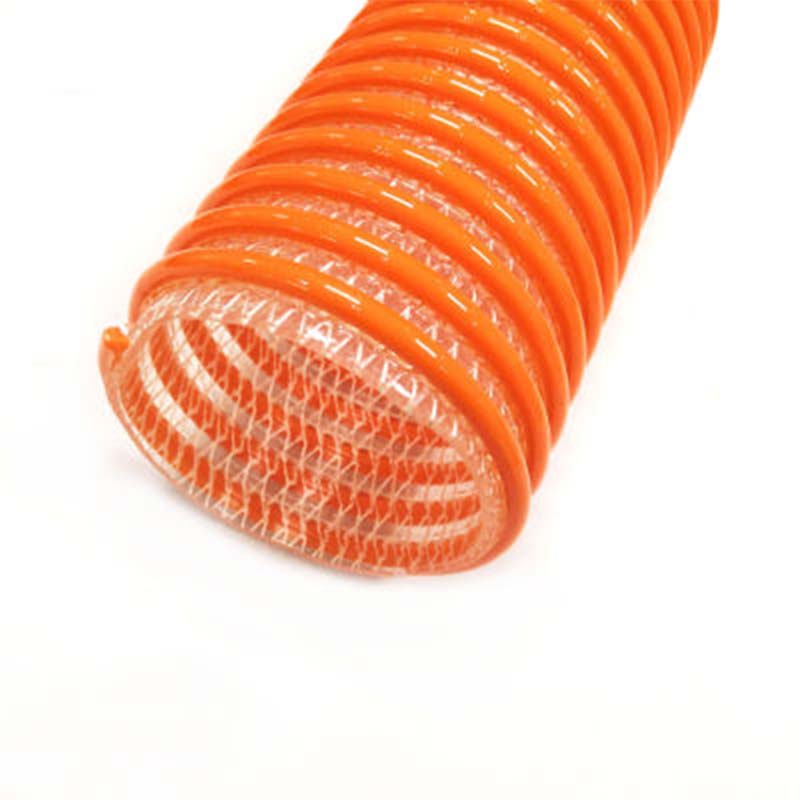Understanding the Key Distinctions Between Tubes and Hoses in Fluid Transfer Applications
The Difference Between Tubes and Hoses
When it comes to conveying fluids and gases in industrial and consumer applications, the terms tube and hose are often used interchangeably, but they represent distinct products with different properties, applications, and advantages. Understanding the difference between tubes and hoses is crucial for selecting the right solution for specific needs.
Definition and Structure
A tube is generally defined as a hollow cylindrical structure that is rigid and designed to convey a variety of substances, including liquids and gases. Tubes are typically measured by their outer diameter and wall thickness. They are often made from materials such as metal, plastic, or rubber, and are characterized by their ability to withstand high pressures. Because of their more rigid nature, tubes tend to maintain their shape under various conditions, making them suitable for structural applications as well.
On the other hand, a hose is a flexible and often reinforced cylindrical conduit intended primarily for transporting liquids and gases. Hoses are usually measured by their inner diameter and are designed to be more flexible and bendable, which allows them to be maneuvered around obstacles and applied in tight spaces. Common materials used in hose manufacturing include rubber and various synthetic compounds that enhance flexibility and durability.
Key Differences
1. Flexibility One of the primary differences between tubes and hoses is flexibility. Hoses are designed to be flexible, allowing for easy maneuvering and installation. This makes them ideal for applications where routing may need to change frequently. Conversely, tubes are typically stiffer and are used when a more rigid structure is required.
difference between tube and hose

2. Pressure Ratings Tubes are usually designed to handle higher pressures compared to hoses. This is particularly important in applications where safety and reliability are critical, such as in hydraulic systems. Hoses are capable of handling moderate pressures, but they may have limitations depending on their construction and material.
3. Applications The applications for tubes and hoses vary significantly. Tubes are commonly used in plumbing, automotive applications, and structural frameworks, where maintaining shape and pressure integrity is important. Hoses, however, are often used in applications like pneumatic systems, garden watering, fuel delivery, and many other flexible conveying needs.
4. Manufacturing Standards Tubes often need to adhere to stricter manufacturing standards regarding dimensions and tolerances, especially in industries like aerospace or pharmaceuticals. Hoses tend to be less stringent in these aspects, likely due to their more flexible nature and wider variety of uses.
5. Durability and Lifespan Generally, tubes may have a longer lifespan than hoses, particularly in environments with high abrasion or harsh conditions. Hoses may wear out more quickly due to continual bending and flexing.
Conclusion
In summary, while both tubes and hoses serve the essential purpose of transporting fluids and gases, their differences are significant and should not be overlooked. Tubes offer rigidity, pressure resistance, and structural applications, while hoses provide flexibility and versatility in conveying substances in dynamic environments. When choosing between a tube and a hose for a specific application, it is essential to consider the operational requirements, including pressure, flexibility, durability, and application context. By understanding these differences, engineers and purchasers can make informed decisions that enhance the efficiency and safety of their operations.
-
Upgrade Your Water Management with Premium PVC Water Hoses by Leading ManufacturersNewsMar.12,2025
-
Understanding PU Pneumatic Hose: A Comprehensive GuideNewsMar.12,2025
-
Transform Your Gardening Experience with Premium PVC Garden HosesNewsMar.12,2025
-
The Ultimate Guide to Polyurethane TubingNewsMar.12,2025
-
The Essential Guide to Lpg Hose: Safety, Quality, And ValueNewsMar.12,2025
-
Discover the Benefits of PVC Air HosesNewsMar.12,2025














